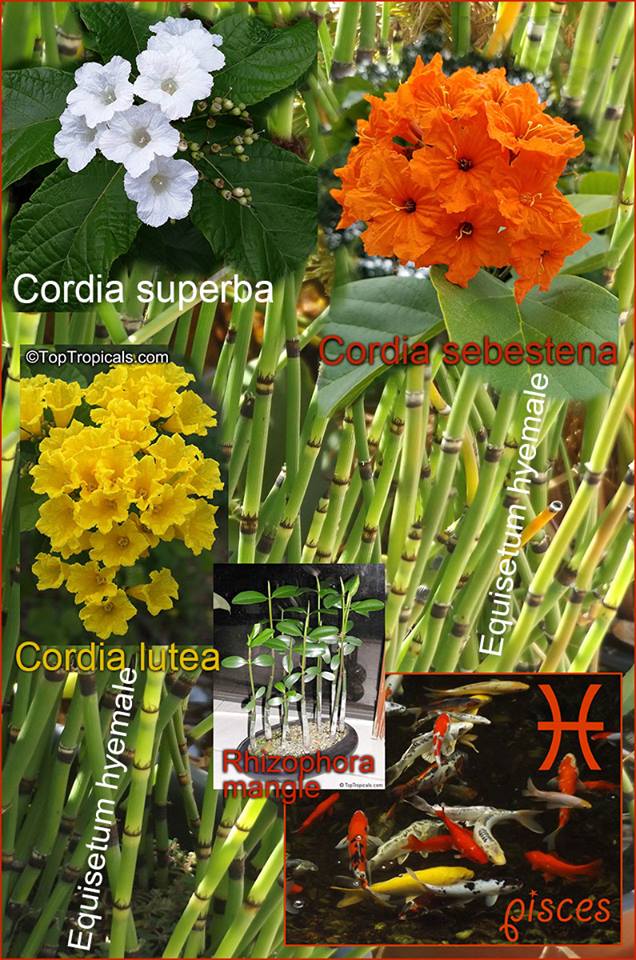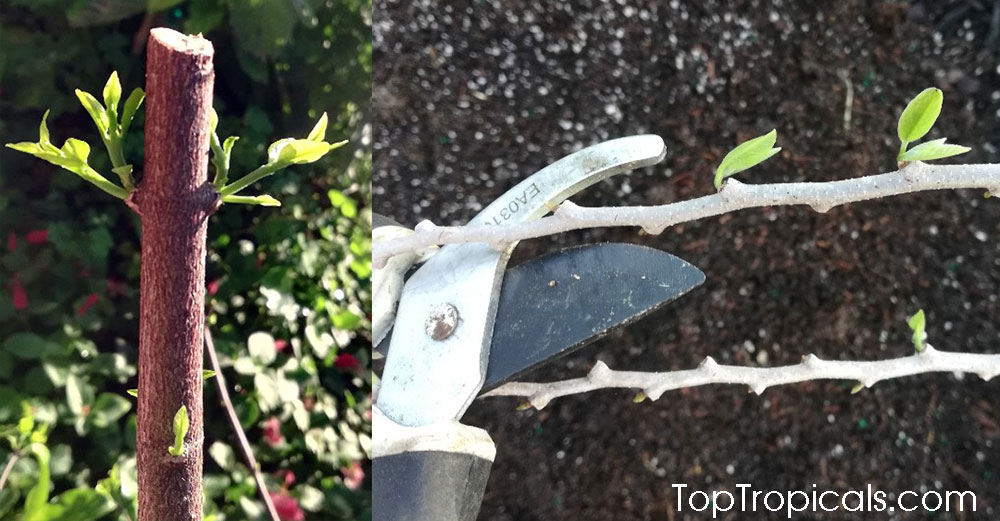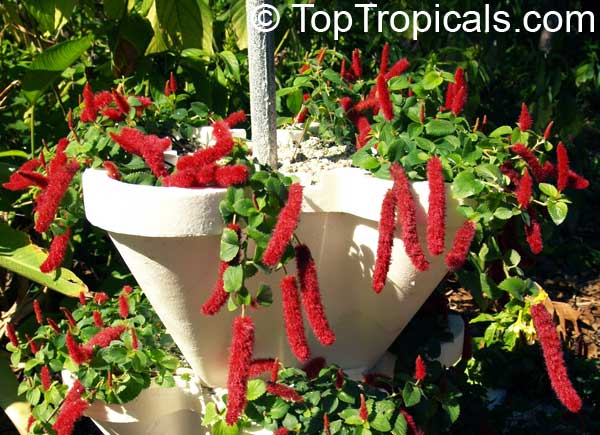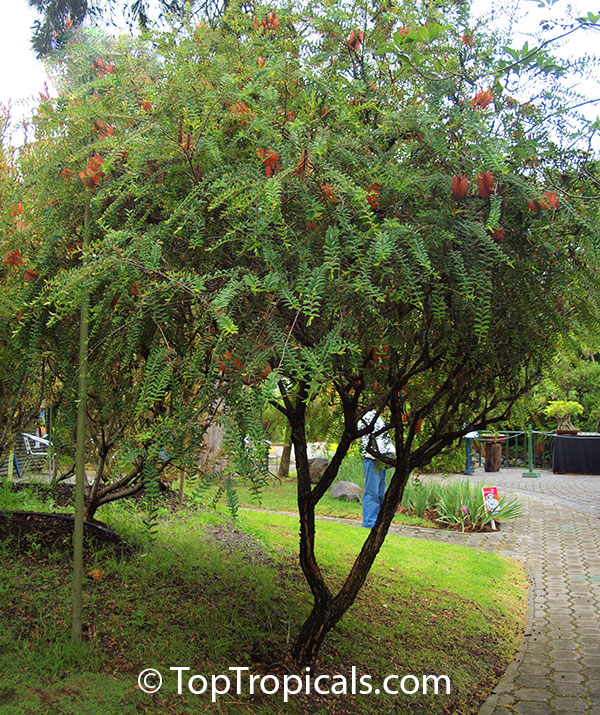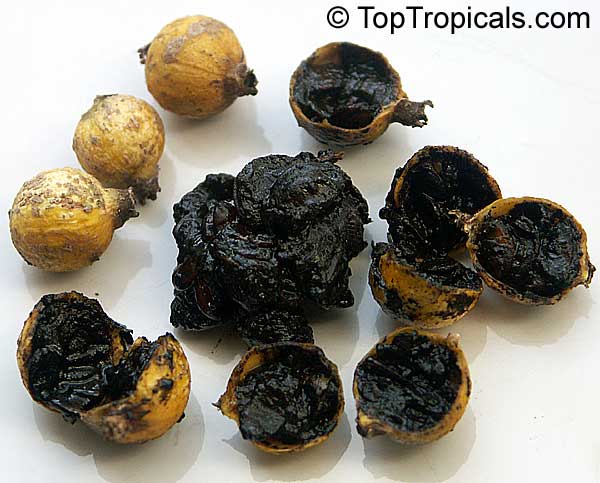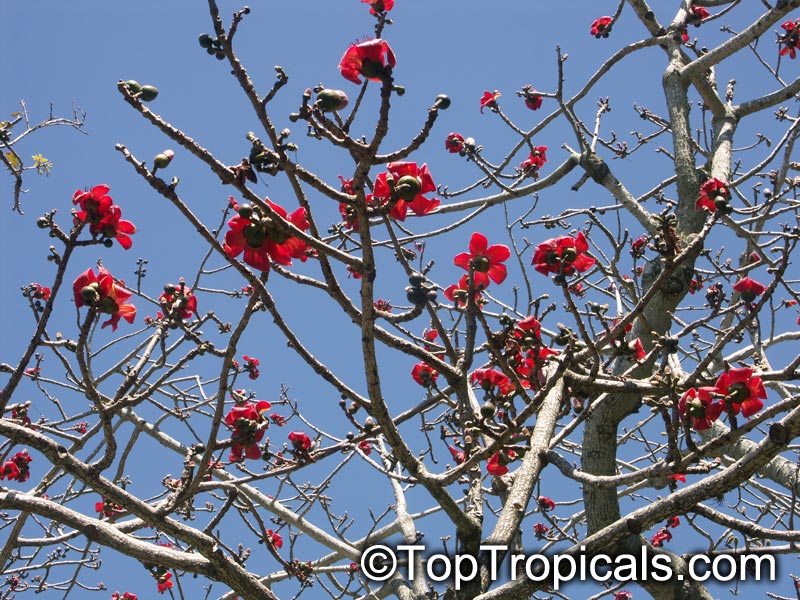Date:
RARE Featured plant, finally in stock!
Vanilla dilloniana - Leafless Vanilla Orchid
Very rare, collectible and extinct species! This plant propagated at TopTropicals nursery from Robert Riefer's unique specimen, the biggest potted specimen in the World, grown in 100 gal pot, originated in 1927, awarded in 2011 with CHM certificate of Horticultural Merit by American Orchid Society. Leafless Vanilla Orchid is amazing exotic vanilla that forms a multi-branched, leafless vine reaching lengths up to 15 ft. The light green flowers are similar to Vanilla barbellata but the petals and sepals are longer and the fluted lip is a deep reddish-purple with a yellow crest. Vanilla dilloniana is distributed throughout the West Indies and had been reported on the banks of the Miami River in South Florida. Vanilla dilloniana is a very rare species and considered vulnerable, endangered across its range. Pieces of plants from the original colony have been shared and may be found in local collections.
See the Video of the original specimen.
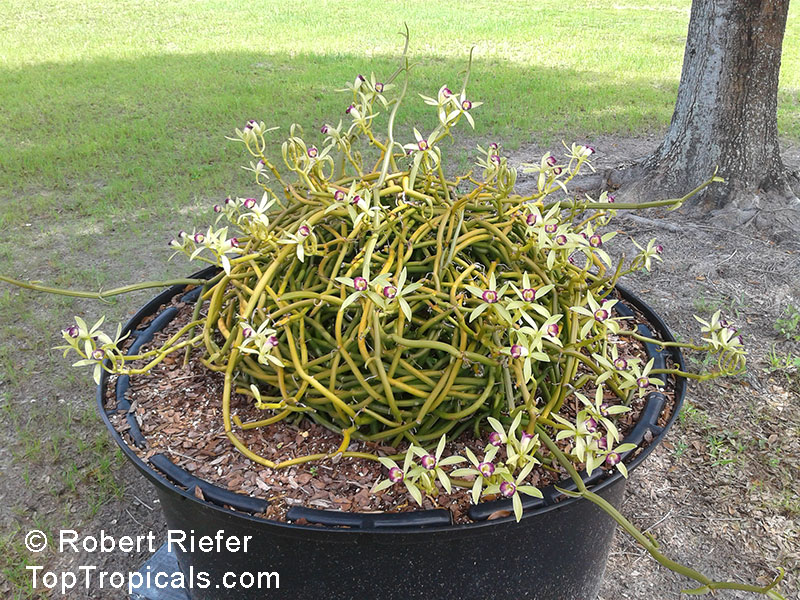

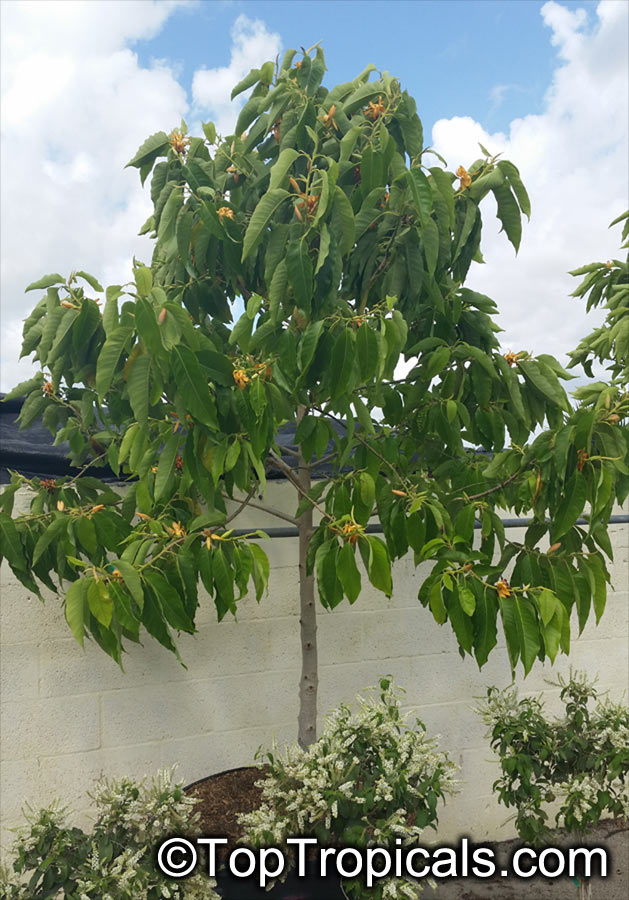
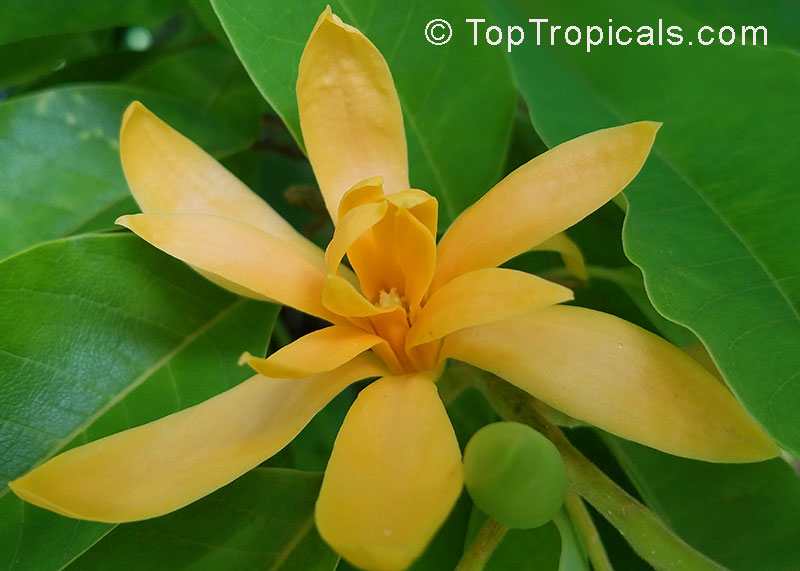

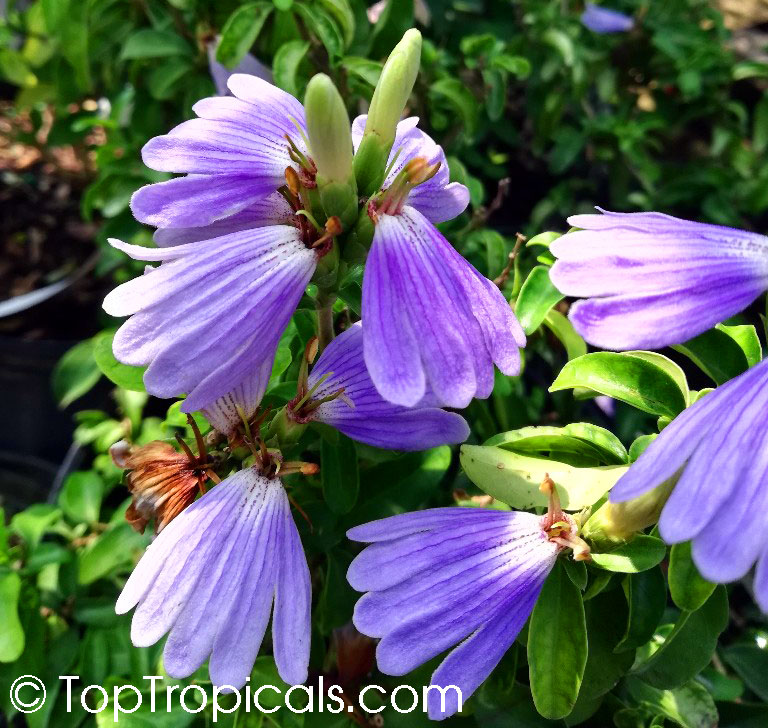
 A few months ago while working among the bewildering array of great plants
we grow, I began to notice wafts of a very unique fragrance. The scent seemed
somehow familiar, yet for the longest time, I was unable to determine what
kind of plant it was emanating from. I knew it was somewhere toward the back
of the growing houses but just couldn't determine its source. The fragrance is
very distinct and wonderful and could be detected over a large area... That
scent is hard to describe, however, I would suggest a mixture of Lavender and
old-fashioned florist violets...
A few months ago while working among the bewildering array of great plants
we grow, I began to notice wafts of a very unique fragrance. The scent seemed
somehow familiar, yet for the longest time, I was unable to determine what
kind of plant it was emanating from. I knew it was somewhere toward the back
of the growing houses but just couldn't determine its source. The fragrance is
very distinct and wonderful and could be detected over a large area... That
scent is hard to describe, however, I would suggest a mixture of Lavender and
old-fashioned florist violets... 